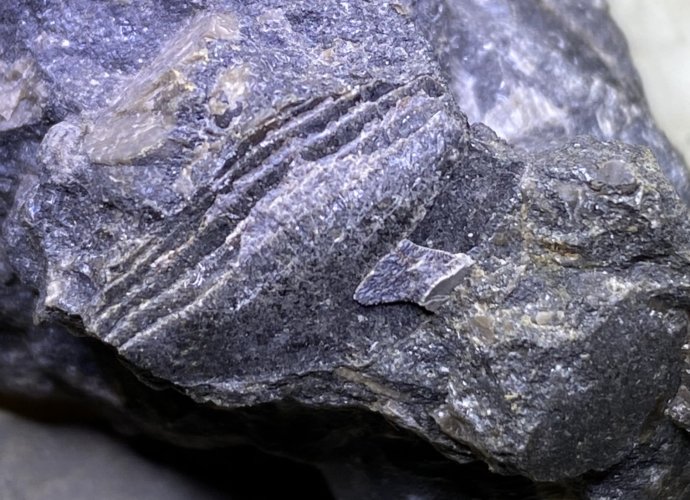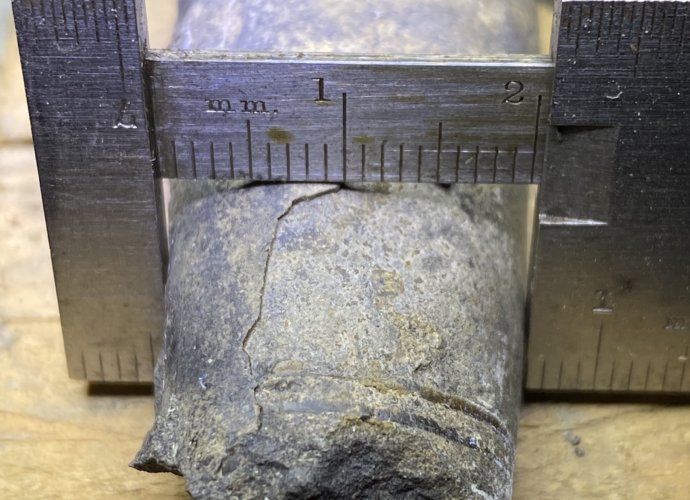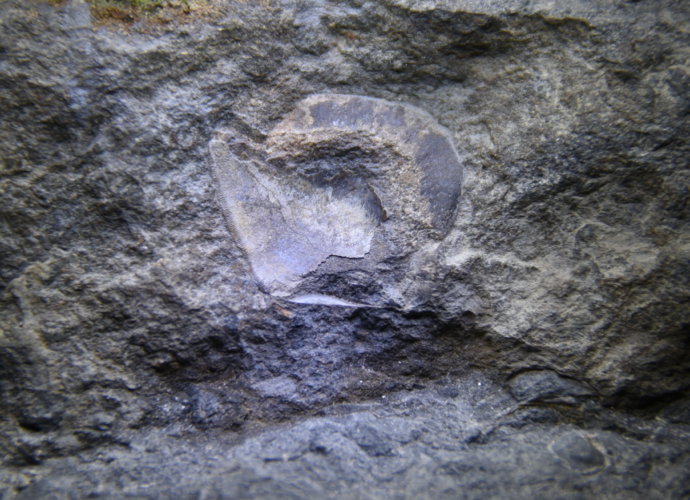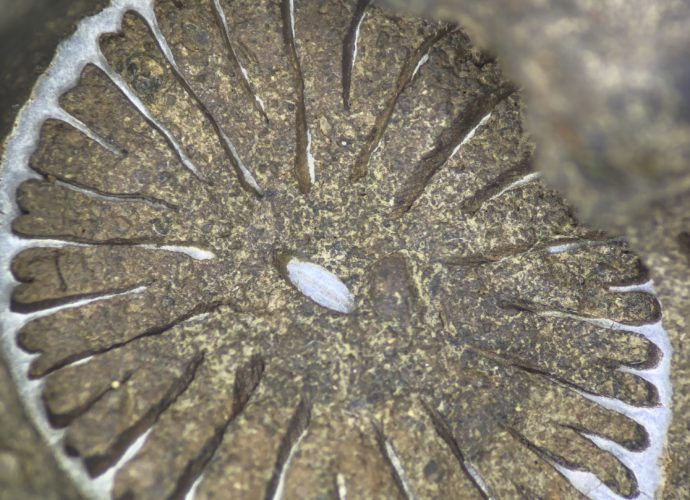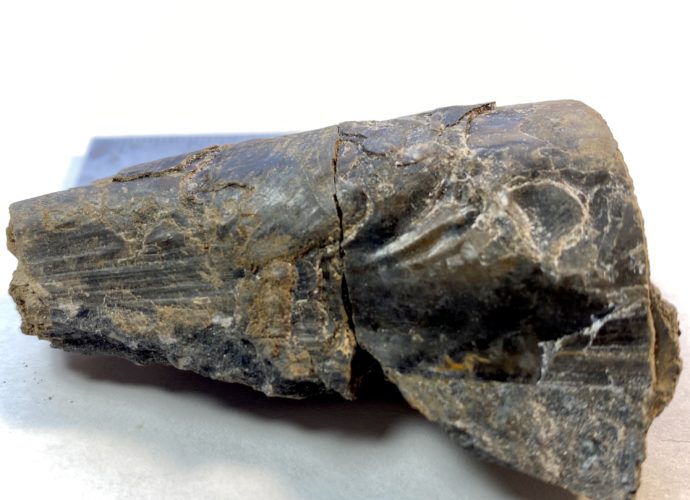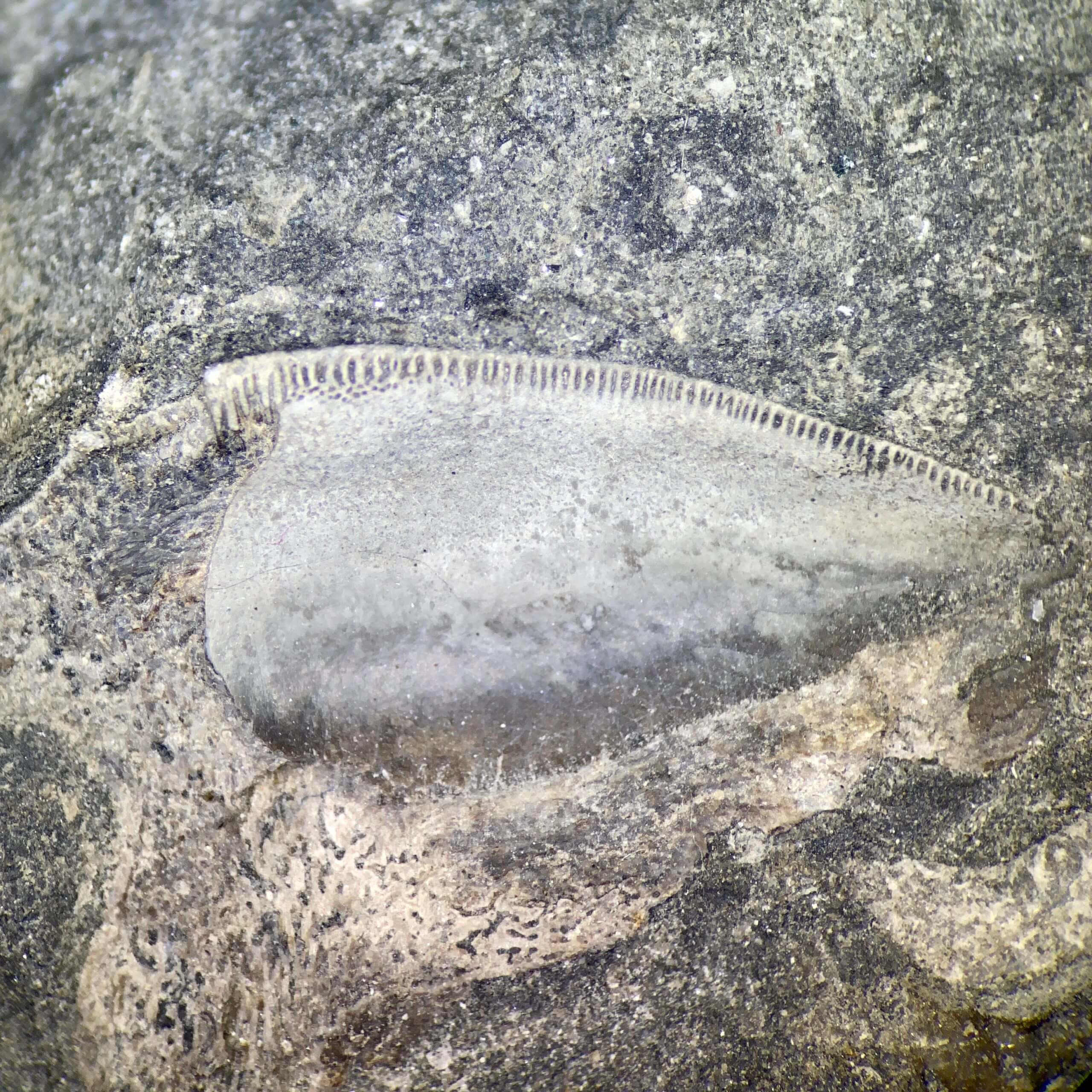Trilobite pygidium
I found this trilobite tail, also known as a pygidium, embedded in Brush Creek Limestone. By the Carboniferous, trilobites were on the decline, and evolution made them smaller. Only the order Proetida survived into the Carboniferous and died out at the end of the Permian. Two species represent the BrushRead More →


